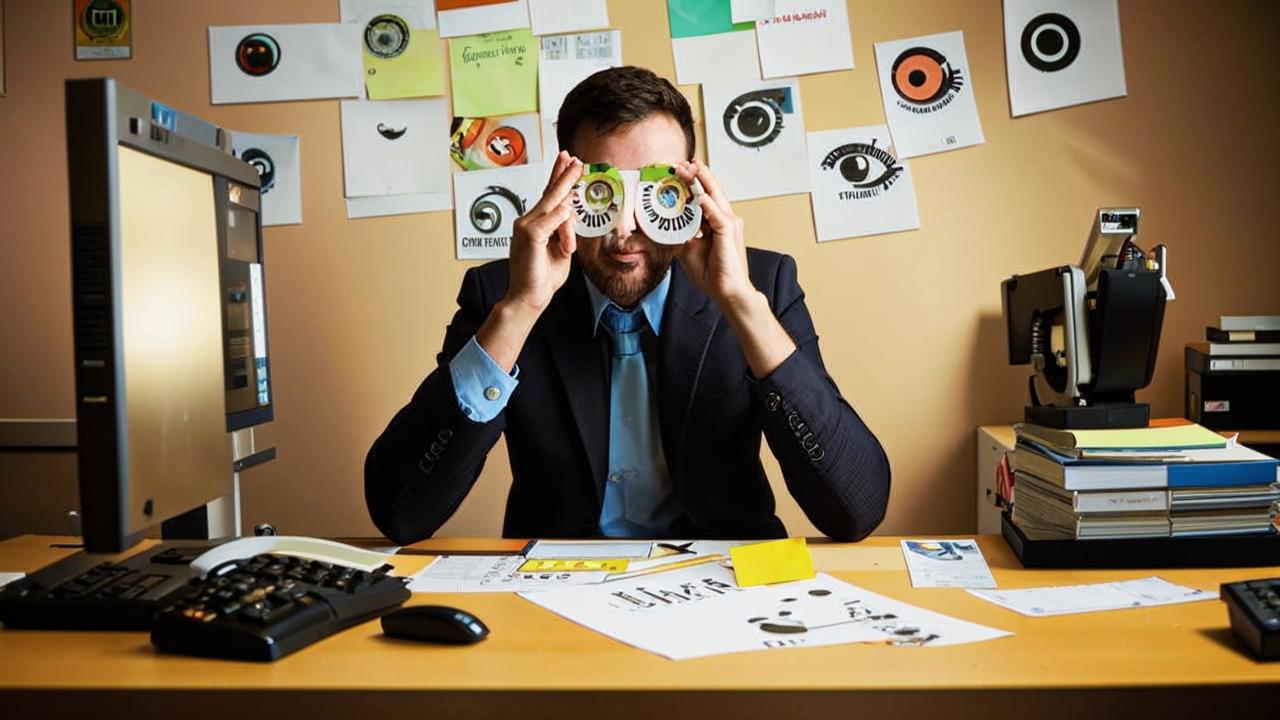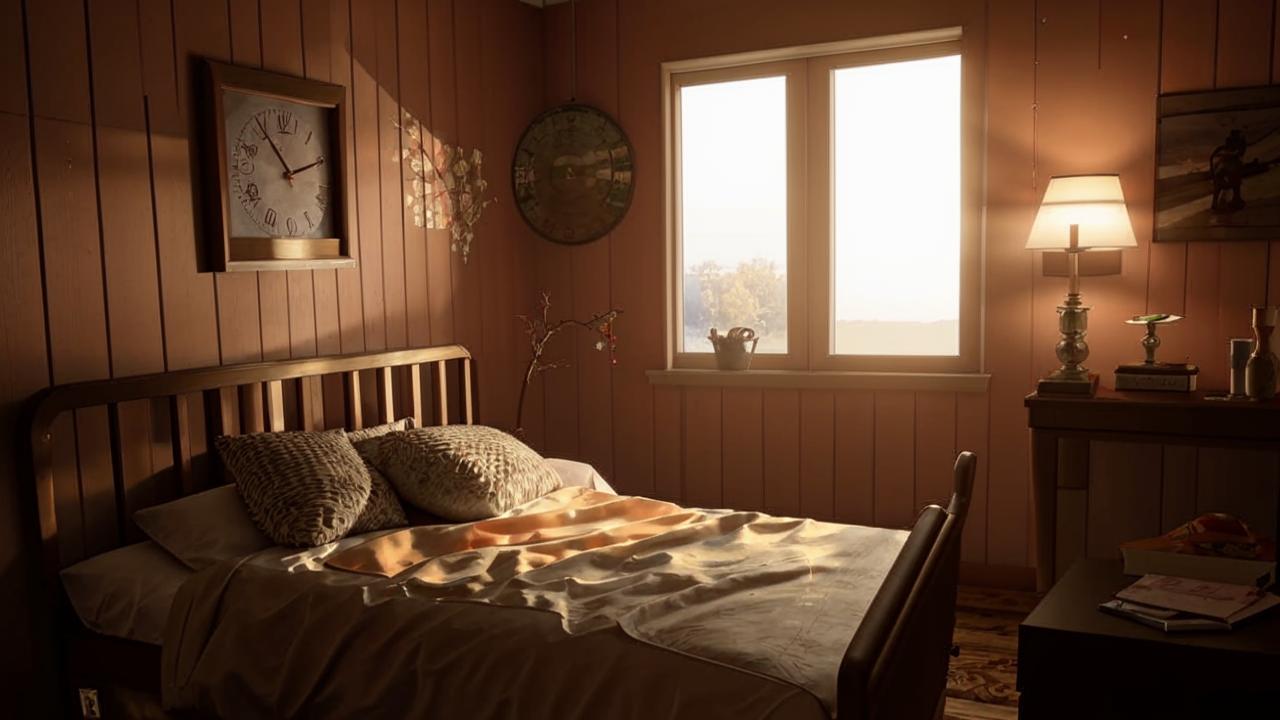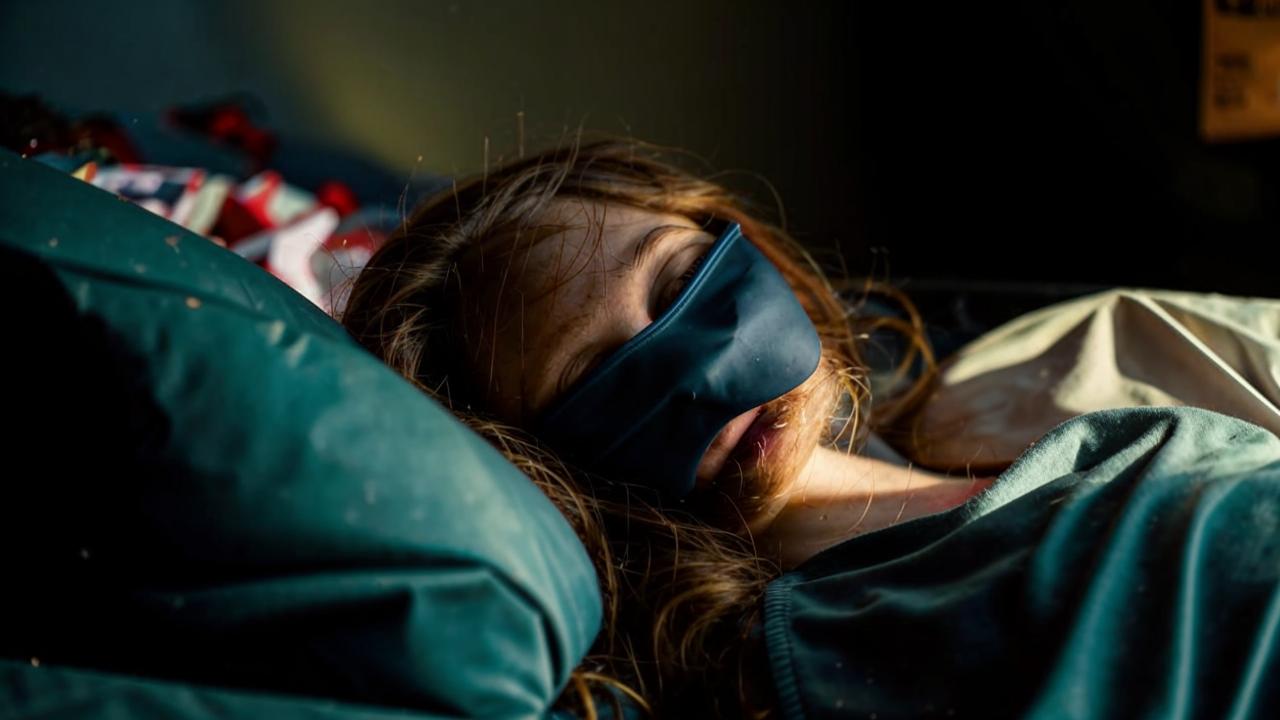Sleep takes up a third of our lives. If you live 90 years, 30 of them you will sleep. This condition is the subject of research by many scientists around the world. So let’s explore this issue together and answer the main question: how much sleep do you need to get to sleep? To begin with, let’s understand what phases our sleep consists of.
Slow sleep
It occurs immediately after falling asleep. It consists of four phases. The total duration of the Non-REM phase is about 90 minutes. Your breathing is calm, even, your blood pressure drops, your eyes first make slow movements and then are still, your brain is inactive, and your body is relaxed. You are resting, regaining physical strength.
REM sleep
Follows slow-wave sleep and lasts 10 to 20 minutes. Temperature and blood pressure rise, heart beats more frequently. The body is immobile except for the muscles responsible for heartbeat and breathing. Under the closed eyelids, the eyeballs make rapid movements (hence the name – BDH). The brain is actively working. You are dreaming.
The Non-REM and REM phases alternate with each other. First you fall into slow-wave sleep and go through all its stages. This takes about 90 minutes. Then comes the REM phase. The first time it is short, no more than 5 minutes. This circle is called a sleep cycle. Cycles are repeated. At the same time, the proportion of slow sleep decreases and the duration of rapid (up to 1 hour) increases (up to 1 hour). A healthy person usually goes through five sleep cycles at a time.

What is the danger of lack of sleep?
Lack of sleep worsens the work of certain parts of the brain. For example, there is an inhibition of neural processes in the parietal lobe, which can cause problems with reaction speed. And when the prefrontal cortex slows down, it is difficult for a person to formulate thoughts, there may be problems with vision. Brain fatigue turns into a whole bouquet of negative consequences.
Long-term sleep deprivation can cause serious health problems: the risk of heart and vascular disease, diabetes. However, there are people who consider sleep a waste of time and deliberately minimize its duration.
How to sleep little and get enough sleep?
Polyphasic sleep is a sleep pattern in which sleep time is divided into several short periods instead of a long rest once a day. In this case, the total duration of sleep is significantly reduced, and wakefulness increases to 20-22 hours.
The main modes of polyphasic sleep:
- Dymaxion – four times for 30 minutes every 6 hours. Total – 2 hours.
- Uberman – six times 20 minutes every 4 hours. Total – 2 hours.
- Everyman – 1.5-3 hours at night and three times 20 minutes during the day. Total – 2.5-4 hours.
- Tesla – 2 hours at night and 20 minutes during the day. Total – 2 hours and 20 minutes.
Polyphasic sleep has been practiced by many outstanding personalities: Leonardo da Vinci, Salvador Dali, Nikola Tesla, Bucky Fuller. Among our contemporaries – the president of Yahoo company Marissa Mayer, businessman and billionaire Donald Trump, basketball player Kobe Bryant and others.
However, polyphasic sleep has many critics who claim that sooner or later this jagged schedule will auction off cardiovascular problems. Opponents of polyphasic sleep believe that you can not force the body, you need to listen to your biological clock.
This follows from the very nature of sleep. Remember, under normal conditions we go through five sleep cycles of about 100 minutes each: if 100 multiplied by 5 and divided by 60, it will be about 8 hours.

How much sleep is needed?
Sleep duration depends on age. The younger a person is, the more sleep they need. The National Sleep Foundation, an American non-profit organization with 25 years of research in this field, gives the following recommendations:
- 0 to 3 months – 14 to 17 hours;
- 4 to 11 months – 12 to 15 hours;
- 1 to 2 years old – 11 to 14 hours;
- 3 to 5 years – 10-13 hours;
- from 6 to 15 years – 9-11 hours;
- 14 to 17 years – 8-10 hours;
- 18 to 64 years old – 7 to 9 hours;
- 65 years and over – 7-8 hours.
There is no universal prescription. Sleep duration is like shoe size. Most people get 8 hours, but that’s not enough for some people and a lot for others. To understand how much you need to sleep, you can experiment.

Lifehacks that will help to make the morning good:
- Stick to a regimen. Go to sleep and wake up at the same time according to your internal biological clock. Use special tracker apps to study your sleep patterns.
- Create a comfortable sleeping environment. The optimal temperature in the bedroom is 18-21 ºC. Ventilate the room at night. Shade the windows so that the light from outdoor advertisements, streetlights and passing cars does not interfere with your sleep. If you sleep alone, discuss with your partner what factors affect your and his sleep and create comfortable conditions for both of you.
- Buy a comfortable mattress, pillow, and sleep clothes. Change your bedding as often as possible. Keep pets out of bed.
- Don’t lie down on an empty stomach, but don’t overeat. No coffee or alcohol at bedtime.
- Use the bedroom only for sleeping and sex. Don’t watch TV in bed, and don’t use your laptop, tablet or smartphone. Light from screens suppresses melatonin production – sleep quality drops.
- Fill your morning with bright colors and invigorating smells. For example, eat oatmeal off an orange plate and hang citrus pomanders around the house.
- Take care of everything from the evening. Iron your clothes, assemble your lunchbox, make a plan, and so on. Often you don’t want to get up because you know how many tedious chores there are in the morning.
By creating the right morning rituals, you’ll soon feel how rising with the first rays of sunlight sets you in a creative mood, and you’ll notice that you no longer need an alarm clock.
Daytime naps: when, how and where should you take a nap?
The best time to take a siesta is between 13:00 and 16:00. But the specific hours depend on your routine and biorhythm. For example, if you wake up at 10:00, you may not want to take a nap after only 3 hours.
Daytime naps take some getting used to. Practice it for a few days at the same time. Try to sleep for the same number of minutes. Take into account the time it takes to fall asleep. If you pass out in 10 minutes, you should set your alarm clock half an hour ahead for a full 20-minute afternoon nap.
You can doze off anywhere: in the car, at your desk, on the couch. The nap is short, which means you run almost no risk of getting up with back or neck pain. Ideally, find a quiet place with dimmed lights. If the office doesn’t have one, use a sleep mask and earplugs.






